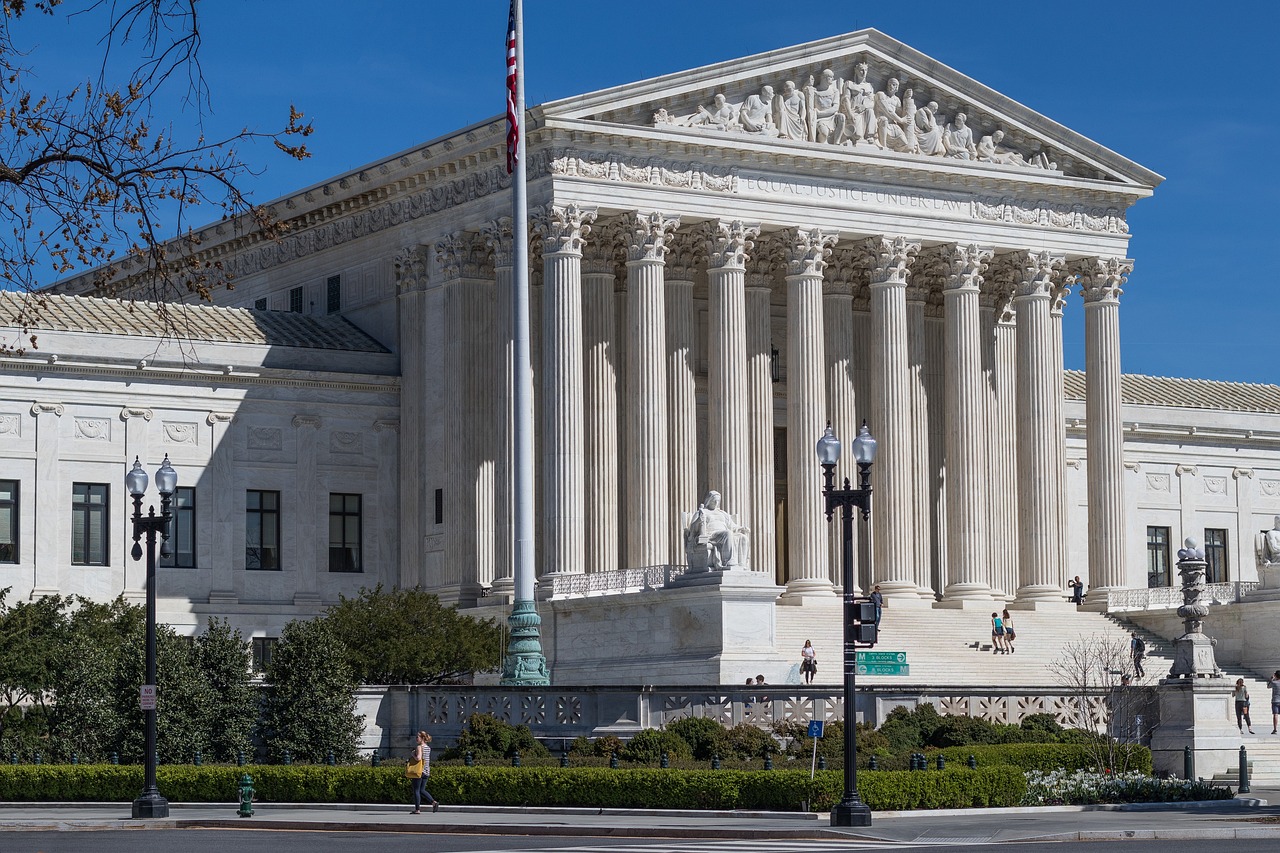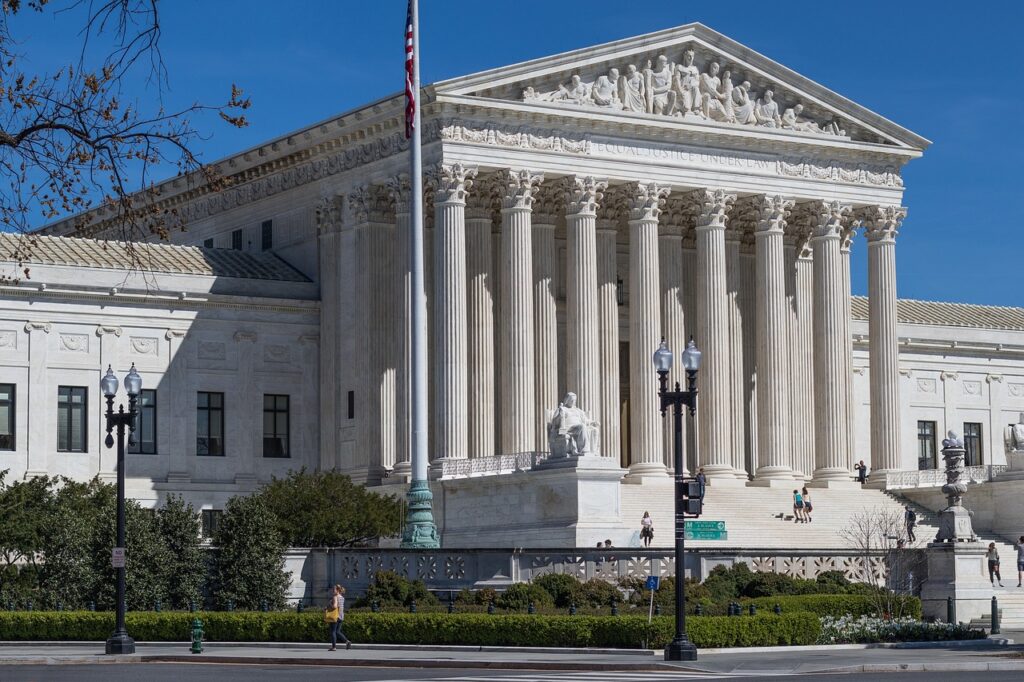US authorities took extraordinary measures to shore up confidence in the financial system after the collapse of Silicon Valley Bank, introducing a new backstop for banks that Federal Reserve officials said was big enough to protect the entire nation’s deposits.
Q4 2022 hedge fund letters, conferences and more
The Sunday announcement by the Treasury Department, Federal Reserve and Federal Deposit Insurance Corp. followed a frantic weekend that saw the surprise closure of New York’s Signature Bank along with mounting concerns about spillover effects to other regional lenders and the wider economy.
Regulators acted on a number of fronts to contain the potential fallout:
- The FDIC said it will resolve SVB in a way that “fully protects all depositors.” Similarly, “all depositors” at Signature will be made whole.
- The Fed also announced a new “Bank Term Funding Program” that offers one-year loans to banks under easier terms than it typically provides. $25 billion is available.
- The central bank relaxed terms for lending through its discount window, its main direct lending facility.
The response helped soothe investors worried about additional bank runs or the risk a fresh financial crisis would trigger a recession. US stock futures climbed on Monday after bank shares plunged last week by the most since the March 2020 pandemic shock.
In the UK, HSBC Holdings Plc began Monday by announcing it was acquiring the UK arm of Silicon Valley Bank, the culmination of a weekend where ministers and bankers explored various ways to avert the SVB unit’s collapse.
Under the new US program, which provides loans of up to one year, collateral will be valued at par, or 100 cents on the dollar. That means banks can get bigger loans than usual for bonds, reducing the pressure to generate cash by selling securities whose prices have tumbled.
There were some concerns that the taxpayer could now be on the hook for covering losses suffered by banks and that questionable management and investments were now being protected by the government.
Read the full article here by Craig Torres, Christopher Condon, Advisor Perspectives.


